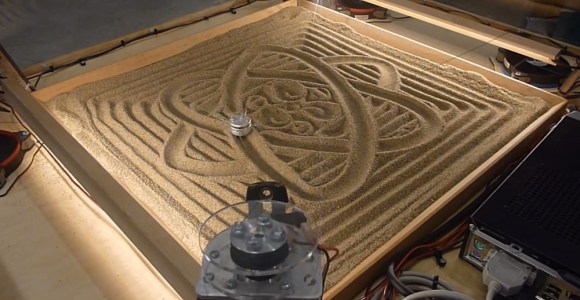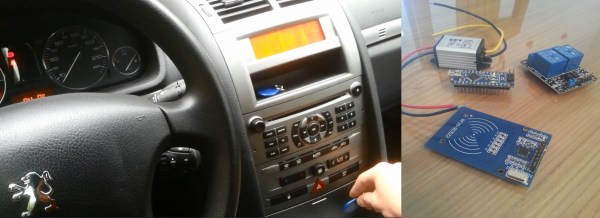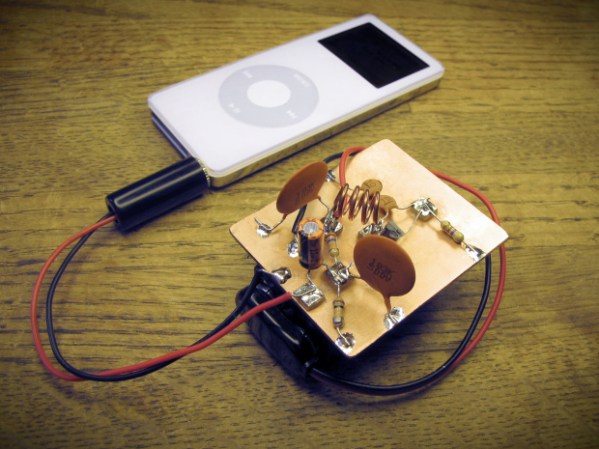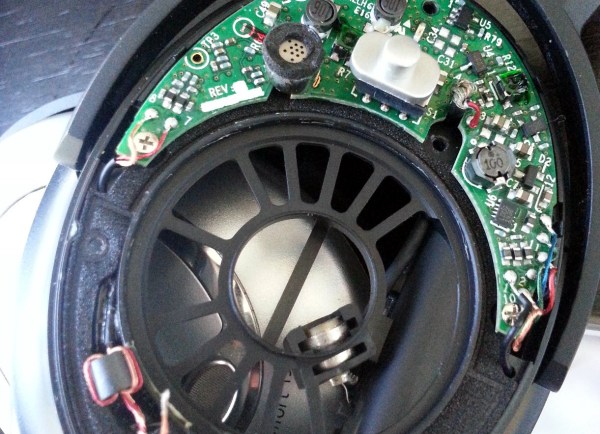
Converting a motorcycle to electric is always a favorite project of ours, and [Peter]’s build is up there with the rest of them.
The bike is a 2002 ZX6E he bought from a salvage shop. It had been parted out over the years and for $250 this very light aluminum frame made the for the perfect electric conversion frame. After learning MIG welding from his brother, [Peter] cut up a few plates and built a motor mount for his new 4.2 kW power plant.
The controller is a 300 amp IGBT he found on eBay, with an extraordinarily sturdy looking circuit built into an ammo box. The motor from the bike was replaced with 16 60Ah LiFe cells providing 52 volts. [Peter] also built his own battery management system using a Cypress PSoC 3 microcontroller and a beautiful custom PCB.
It’s still a long way from being finished, but already [Peter] has a great looking bike and an awesome weekend project on his hands.
















